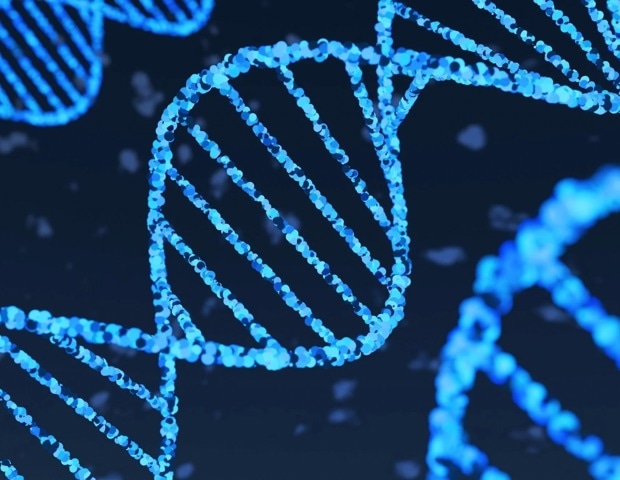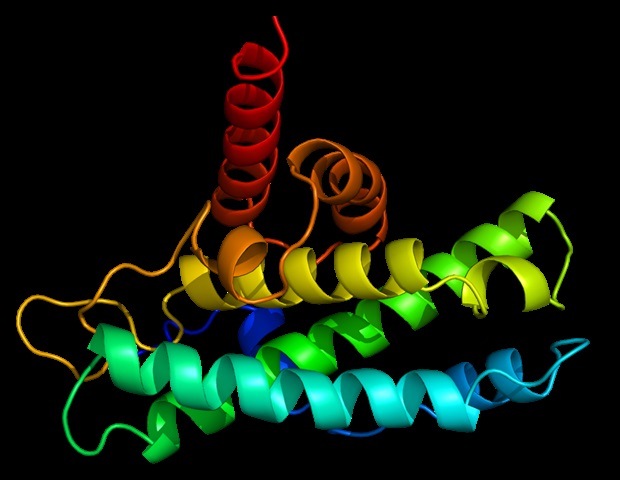An international research team led by Freiburg biologists Dr. Wenjing Qi and Prof. Ralf Baumeister has discovered how the LINE1 retrotransposon exploits a cell protein to become active itself, as occurs in tumors. At the same time,…
Category: 5. Biology
-

Uncovering the hidden architecture of the genome in three dimensions
In biology textbooks and beyond, the human genome and DNA therein typically are taught in only one dimension. While it can be helpful for learners to begin with the linear presentation of how stretches of DNA form genes, this…
Continue Reading
-

Scientists identify key role of T-bet in flu memory B cells
At the surface, the immune response to a flu virus is simple. Some cells recognize the pathogen and send a signal to the immune system, and immune cells produce a potentially lifesaving antibody against the virus. Antigen in,…
Continue Reading
-

Explainable AI helps decode the substrate specificity of γ-secretase enzyme
Using artificial intelligence, researchers show how γ-secretase recognizes substrates – an important advance for fundamental and translational research.
The γ-secretase enzyme is capable of cleaving more than 150 different…
Continue Reading
-

Computational exploration of global venoms for antimicrobial discovery with Venomics artificial intelligence
Mining venoms for antimicrobials
We sourced venom proteins from four databases: ConoServer (focusing on conopeptides, Supplementary Fig. 1)31, ArachnoServer (spider proteins, Supplementary Fig. 2)32, ISOB (indigenous snake proteins, Supplementary…
Continue Reading
-

Morphology and phylogeny reveal two new species and a new geographical record of Agaricus sect. Rubricosi (Agaricales) from West Bengal, India
Phylogenetic analyses
The phylogenetic analyses were conducted using the combined datasets of nrITS and LSU rDNA sequences (Fig. 1). All 106 sequences were aligned, and both ends were trimmed to create a dataset of 647 nucleotides that included…
Continue Reading
-

Notch activity is modulated by the aGPCR Latrophilin binding the DSL ligand in C. elegans
Hamann, J. et al. International union of basic and clinical pharmacology. XCIV. Adhesion G protein–coupled receptors. Pharmacol. Rev. 67, 338–367 (2015).
Google Scholar
…Continue Reading
-

Integrative analysis of multi-omics data and gut microbiota composition reveals prognostic subtypes and predicts immunotherapy response in colorectal cancer using machine learning
Morgan, E. et al. Global burden of colorectal cancer in 2020 and 2040: incidence and mortality estimates from GLOBOCAN. Gut 72 (2), 338–344 (2023).
Google Scholar
Chung, D. C. et al. A…
Continue Reading
-

Genetic and environmental contributions to the link between synaesthesia and neurodevelopmental and psychiatric features: a twin study
Ward J. Synesthesia. Annu Rev Psychol. 2013;64:49–75.
Google Scholar
Root NB, Rouw R, Asano M, Kim CY, Melero H, Yokosawa K, et al. Why is the synesthete’s “A” red? Using a five-language…
Continue Reading
-

Intracellular pathogen effector reprograms host gene expression by inhibiting mRNA decay
Legionella pneumophila PieF effector binds to specific CCR4-NOT subunits
The CCR4-NOT complex contains two deadenylases, NOT7/8 and NOT6/6L, belonging to the DEDD and EEP-type exonuclease families, respectively17 (Fig. 1a). To validate the…
Continue Reading
